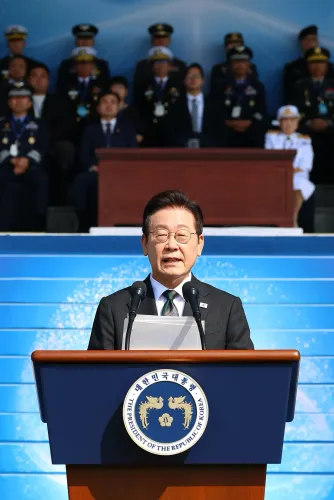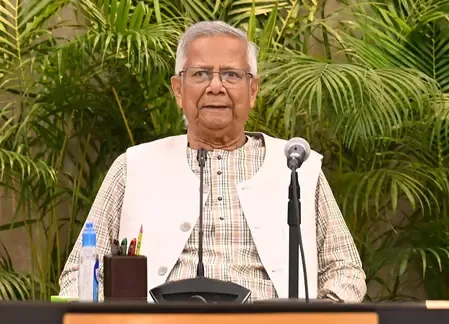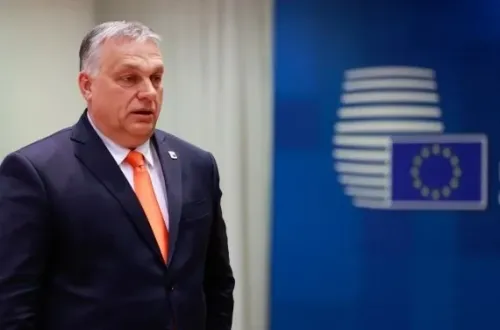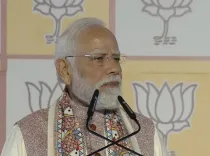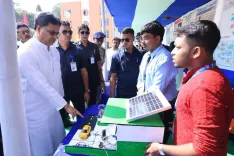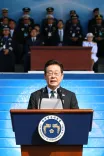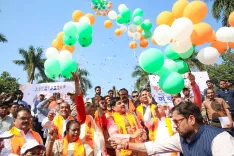How is the Lao Government Tackling Key Economic Challenges?
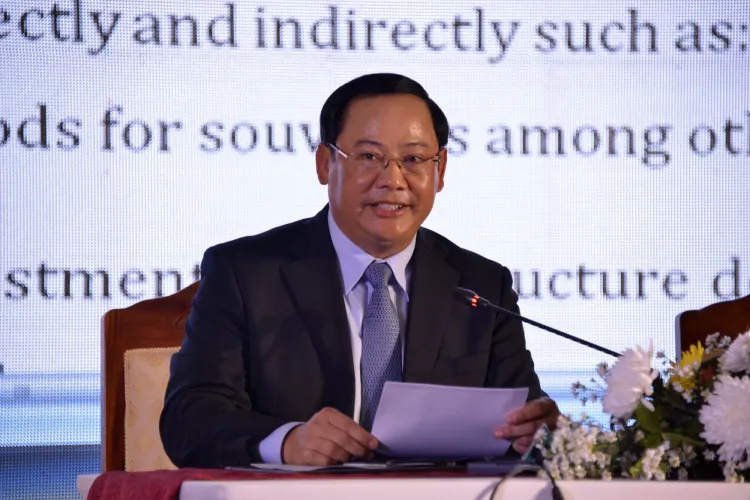
Synopsis
Key Takeaways
- Government prioritizes economic challenges.
- Measures to curb inflation being implemented.
- Domestic production to reduce imports.
- Efforts to strengthen revenue collection.
- Strategies for agricultural sector enhancement.
Vientiane, Nov 14 (NationPress) The government of Laos has reiterated its dedication to tackling significant economic and financial hurdles that impact individuals across the nation, emphasizing these initiatives as a primary national focus.
During his speech at the 10th ordinary session of the Lao National Assembly's ninth legislature on Thursday, Prime Minister Sonexay Siphandone reiterated the administration's resolve to confront pressing economic issues, such as inflation, exchange rates, electricity tariffs, and escalating commodity prices, which continue to affect people's daily lives.
The administration views inflation, currency exchange rates, commodity pricing, and debt resolution as critical priorities, according to Xinhua News Agency, referencing the Vientiane Mai newspaper.
Sonexay pointed out that soaring inflation and increasing prices have exerted considerable stress on households, particularly among salaried individuals in major urban areas. In response, the government has implemented a variety of measures aimed at mitigating inflation.
Looking forward, the government intends to enhance domestic production to lessen reliance on imports and curb foreign currency outflows. Additional strategies will be introduced to bolster foreign currency reserves and alleviate pressure on both the exchange rate and inflation.
Authorities will strengthen oversight of import-export operations and foreign investments to ensure that transactions and capital movements are processed through the banking system. Price management will be tightened to prevent excessive mark-ups by intermediaries, and reviews of electricity rates for low-income families will be conducted to alleviate living expenses.
The government aims to enhance revenue collection through initiatives such as modernizing systems and broadening the tax base. It also seeks to resolve outstanding debts related to state investment projects while intensifying actions against illegal vehicles, unauthorized mining, and the illegal exploitation of mineral resources.
Meanwhile, the Ministry of Agriculture and Forestry in Laos has proposed strategies to enhance agricultural production and processing, with the goal of boosting competitiveness and adding value to Lao products.
In his address at the 10th ordinary session on Thursday, Minister of Agriculture and Forestry Linkham Douangsavanh reported consistent growth in agricultural and forestry production in recent years, with several large-scale projects contributing to a reduction in imports and an increase in exports.
From 2021 to 2025, the average annual export value of agricultural and forestry products reached 1.57 billion US dollars. In the initial 10 months of 2025, exports hit $1.54 billion, exceeding the Lao National Assembly's annual target of $1.5 billion.
Despite advancements, Douangsavanh acknowledged ongoing challenges such as limited mechanization, low adoption of modern technology, insufficient irrigation, high production costs, weak supply chains, and underdeveloped infrastructure.
To address these challenges, the ministry has set forth several key initiatives, including formulating policies to reduce production costs and promote the utilization of advanced technology and innovation, as well as implementing comprehensive national strategies for crops, livestock, and aquaculture.
The ministry also aims to enhance access to capital, market data, and essential inputs such as seeds, fertilizers, veterinary medicines, and machinery. Additionally, it seeks to promote modern, sustainable farming practices while facilitating investment in logistics, processing facilities, storage solutions, and laboratories for pest and residue analysis.

